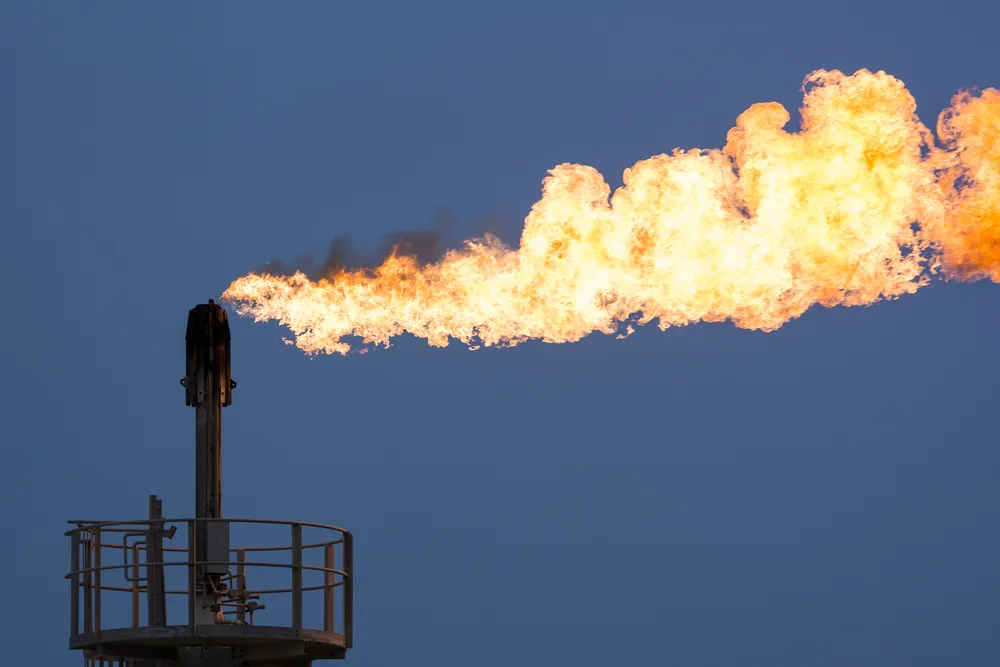Stress Analysis and Design in Piping Course
Introduction:
This Stress Analysis and Design in Piping course covers various important aspects related to the design of pipelines and performing stress analysis. Participants can expect to gain a comprehensive understanding of the basic principles of piping design, the initial defining factors relevant to preliminary piping design, its first configuration, and overall system orientation. The course also emphasizes the factors that govern pipe stress analysis, especially at the preliminary design stage.
The curriculum includes a study of the fundamental components of piping design, particularly the choice and configuration of hangers and supports. This training is tailored for specialists seeking to deepen their knowledge in piping design and stress analysis, particularly in the oil and gas industry.
Each participant will acquire theoretical knowledge and practical skills necessary for creating correct and safe designs in accordance with legal regulations in the field of piping design. The course builds on the basic principles of piping design and provides specific knowledge essential for those aspiring to become piping stress analysis engineers.
Objectives:
After completing the Stress Analysis and Design in Piping course, participants will:
- Recognize key details that enhance their understanding of the mechanical robustness of piping systems, focusing on their relationships with design, management, diagnosis, and repair.
- Acquire practical skills in performing essential calculations for design work according to international, national, and enterprise regulations in pressure vessel design.
- Gain knowledge of the factors influencing the deterioration of process equipment, measurement techniques, forecasting effects, and strategies to mitigate such effects.
Training Methodology:
- Lecturing
- Case studies
- Simulations
- Group work
- Problem-solving exercises
- Training on special applications
- Peer evaluations
- Lectures by industry professionals
Course Outline:
Unit 1: Introduction – General Characteristics of Piping
- Effects of operational parameters on the design of oil and gas piping systems.
- Assessment of internal and external forces' effects on design integrity.
- Various failure mechanisms and the relevance of imposed codes across the system.
- Basic outline of piping models, including major location categorizations.
Unit 2: Basic Concepts of Stress Analysis – Stress/Flexibility Evaluation
- Evolution of classical methods for structural analysis and assessment without computer aid.
- Development of current finite element methods.
- Analysis of failure theories and stress intensification factors.
Unit 3: Stress Analysis – The Design Bases
- Review of project lifecycle evolution phases.
- Principles of core analysis: physical factors, loads, shaft designs.
- Construction of a basic stress model.
- Effects of vibration on the piping system.
Unit 4: Influences on Pipe Support Design – Rigid Supports
- Overview of rigid pipe supports.
- Range of support elements, including catalog items and custom parts.
- Restrictions in support design options based on piping design.
- Design measures for introducing adjustability.
Unit 5: Influences on Pipe Support Design – Spring Supports
- Research on resilient support elements: variable, constant, and big-ton springs.
- Identification of optimum pipe support conditions based on operating conditions.
- Use of alternative materials for standard pipe support hardware and spring components.
- Development of spring elements for existing piping layouts.
Unit 6: Influences on Pipe Support Design Restraints
- Restraint devices for transient loads.
- Understanding component types and their functions: hydraulic snubbers, mechanical snubbers, and sway struts.
- Factors to consider when selecting restraint devices concerning design parameters.
- Specific instructions for support standardization and flexibility.


















